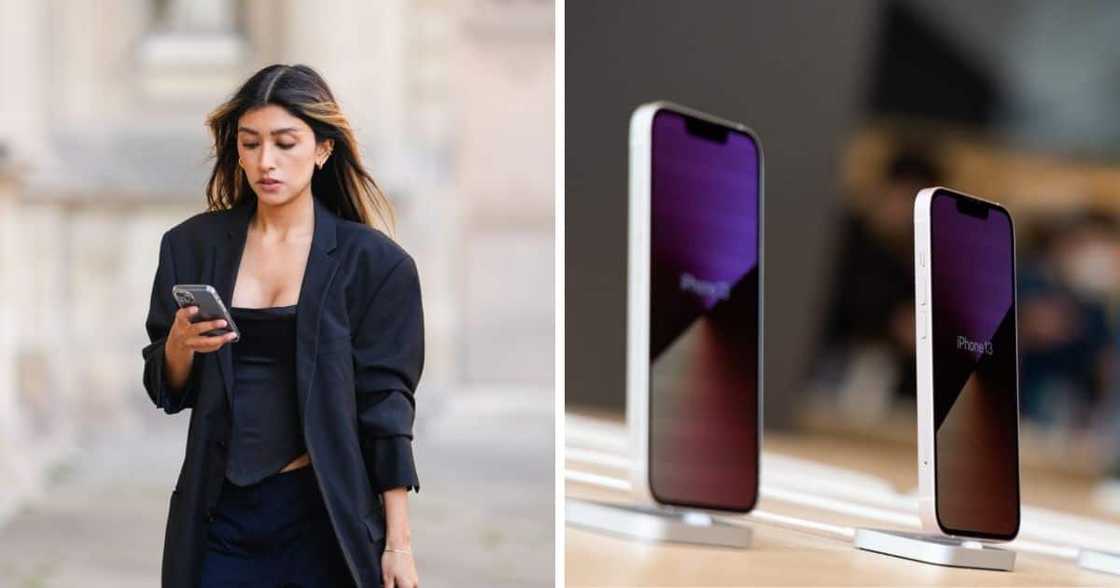Apple Is Working on Some Big Changes for Its New iPhone 14 Max and Regular Models That Are Set to Drop in 2022
- Apple's iPhone is set for a new model later this year with the new 14 and 14 Pro to feature an upgraded camera and the Pro models to use a fast A16 processor
- Bigger is better, right? Based on customer feedback and sales Apple is likely to drop the mini once the 14 drops in September
- Terms of the line-up expected for the new phone is an iPhone 14 Max, which is a 6,7-inch version of the regular iPhone 14
PAY ATTENTION: Click “See First” under the “Following” tab to see Briefly News on your News Feed!
The merry-go-round of rumours about the new iPhone 14 has hit full steam ahead of a likely launch in September 2022, that's the month Apple uses to unveil a new version of its smartphone.
The big news is the culling of the mini version for the next generation phone as well as an upgraded A16 processor for iPhone 14 Pro and Pro Max.

Source: UGC
With customers reliant and placing massive emphasis on the cameras in new phones, it's no surprise that the iPhone 14 will sport upgraded cameras with the flagship Pro models to use 48-megapixel cameras and offer video recording in 8K video, MacRumours reports.
PAY ATTENTION: Never miss breaking news – join Briefly News' Telegram channel!
Apple Analyst Ming-Chi Kuo pointed towards the new iPhone 14 debuting an A16 chip for its Pro and Pro Max models, and the other 'normal' phones will use the A15, Digital Trends reports.
Smartphones with 3D camera tech could become more mainstream thanks to 3 Stanford researchers
By simply using a standard imaging camera, like those fitted to most smartphones, researchers from Stanford University have developed tech that allows the tech to see light in 3D, Briefly News reports.
Currently, high-end smartphones use Lidar (Light Detection and Ranging) to bounce a laser off an object or a surface and measure the time for the reflected light to return to the receiver.
Atalar and his two colleagues' approach is to piggyback on the already highly advanced 2D camera sensors and convert them to 3D. The 3D tech would not only be contained in photography but can be used in the fitness tech space too. Athletes would be able to monitor the analytics of their movement and perhaps even reduce the chance of an injury.
Source: Briefly News

